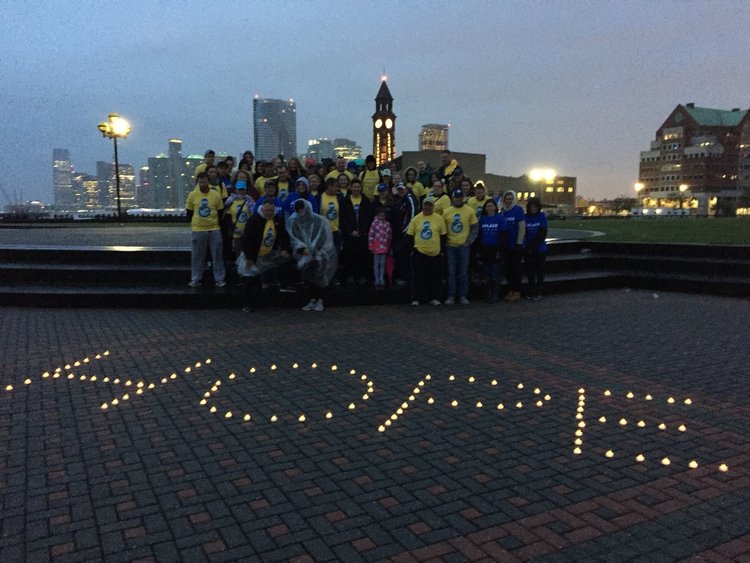By Philip Newman
State Assembly Speaker Sheldon Silver (D-Manhattan) and Assemblyman Vito Lopez (D-Brooklyn) have issued a report on what they call a housing crisis precipitated by the shrinking number of rent-regulated apartments in New York City..
“If we do not act quickly to extend current laws, millions of working New Yorkers could lose their homes,” Silver said. “Merely continuing the current laws is not enough. We must close the loopholes identified in this report that cost our neighborhoods thousands of affordable homes each year and which threaten to turn New York into a city without a middle class.”
But Frank Ricci, director of government affairs of the Rent Stabilization Association, which represents landlords, said, “This is not a report but rather a press release designed to ratchet up the rhetoric before expiration of present laws governing rents.”
Silver said the report shows that more than 10,000 rent-controlled apartments are lost each year because of loopholes in rent laws, such as vacancy decontrol, individual apartment improvement and major capital improvement rent increases.
The current rent laws are set to expire June 15.
“I am pleased to join Speaker Silver and my Assembly colleagues to advocate for expansion of the rent regulation laws,” said Lopez, chairman of the Assembly Housing Committee.
“As we face a dire housing crisis in New York City, it is imperative that we fight to protect the residents of New York City, maintain our affordable housing stock and prevent against massive displacement throughout the city,” Lopez said.
According to 2009 figures, the state Department of Housing lists Queens with 5,359 rent-controlled apartments and 153,352 under rent stabilization.
David Jones, president of the Community Service Society of New York, said its research found many New Yorkers spend a majority of their income on rent.
“More than 340,000 rental properties affordable to low-income people were lost between 2000 and 2007 in the five boroughs,” said Jones, who compiled the report called” The New Housing Emergency.”
The report said there are about 1,021,000 rent-regulated households in New York City, representing the largest source of housing for middle- and low-income New Yorkers. The median income for rent-regulated tenants in New York is $38,000.
In 49 percent of rent-regulated households, the head of the household is a first-generation immigrant.
The report said that in 2009, landlords reported that 13,500 apartments were removed from rent protection “through vacancy decontrol and other loopholes in rent laws but because reporting is voluntary, the actual number is likely higher.”
“Those losses have made it ever harder for families to find rent-stabilized apartments,” the report said. “In Manhattan below Harlem, the proportion of recent movers finding a rent-regulated apartment fell from 52 percent in 2001 to 31 percent in 2007. In Upper Manhattan it fell from 81 percent to 67 percent.”
Current law allows landlords to remove vacant apartments from rent stabilization by making improvements and repairs, “which occur with little oversight and regulation,” the report said.
The Assembly has introduced a bill, A2674-A, to repeal vacancy decontrol to save thousands of affordable apartments each year by:
• Reducing allowable rent increases after a landlord makes individual apartment improvements from 1/40 to 1/60 of the cost of the improvement.
• Capping the amount that can be collected for a major capital improvement to the actual cost of the improvement.
• Bringing certain rent-regulated units that were deregulated due to vacancy decontrol on or after Jan. 1, 2007, under rent regulation.
• Cutting in half the percentage increase a landlord may raise rents after a vacancy.
• Increasing the high-income/high-rent deregulation thresholds to $300,000 and $3,000, respectively.
• Permitting New York City to strengthen rent protection beyond that which the state allows.
Reach contributing writer Philip Newman by e-mail at timesledgernews@cnglocal.com or phone at 718-260-4536.


































